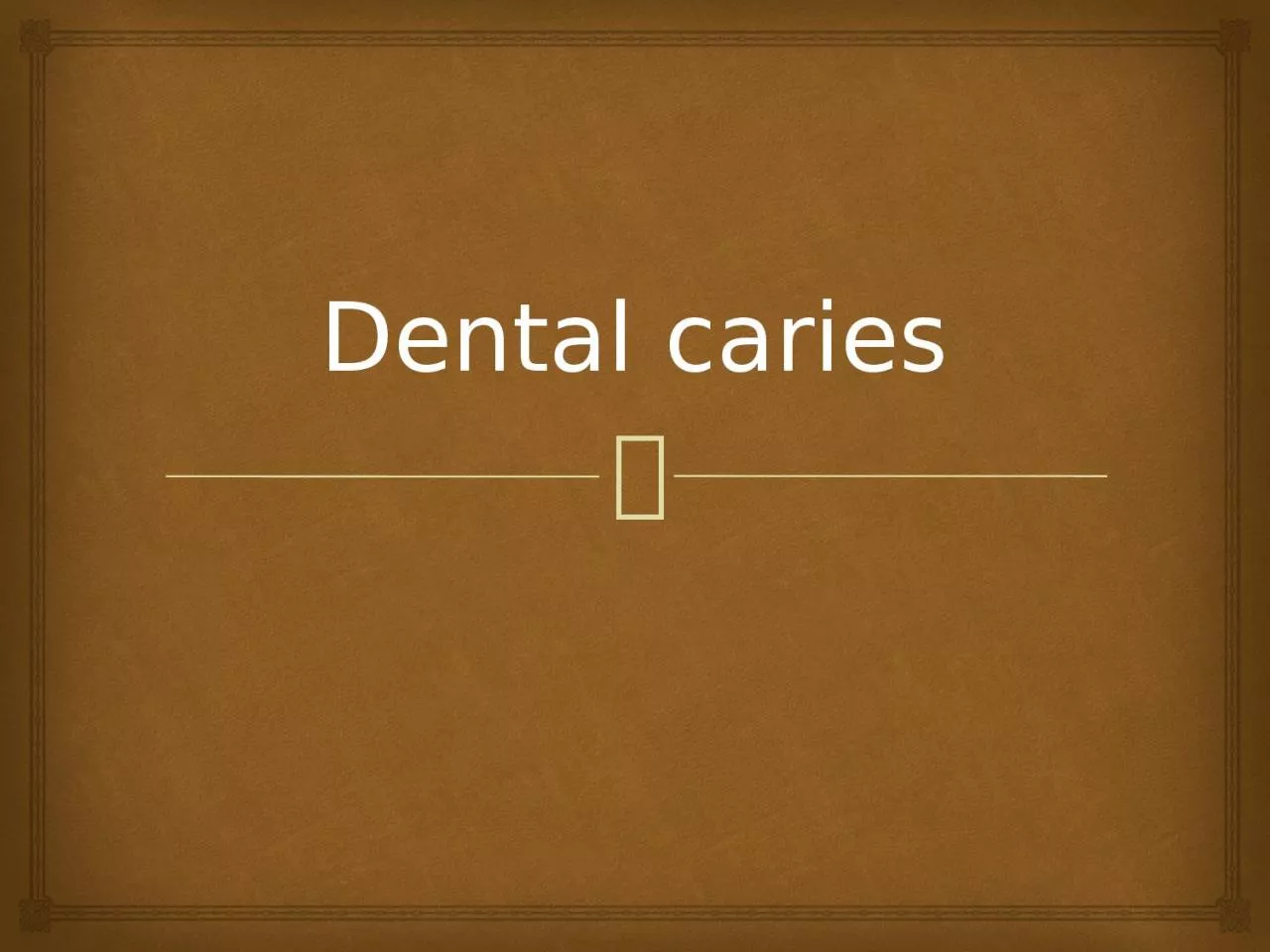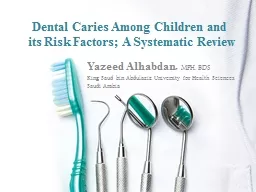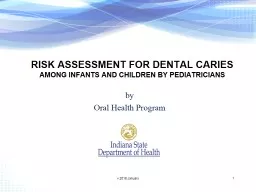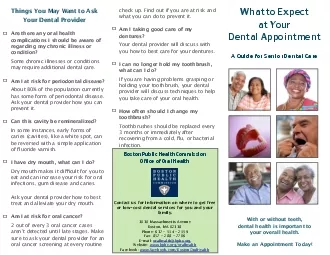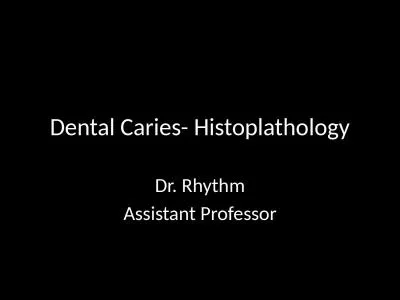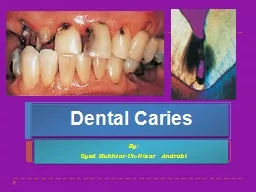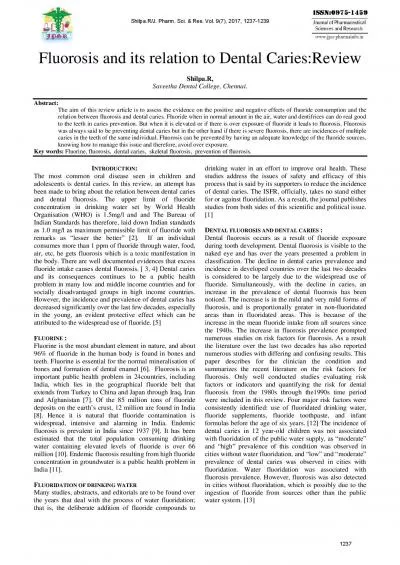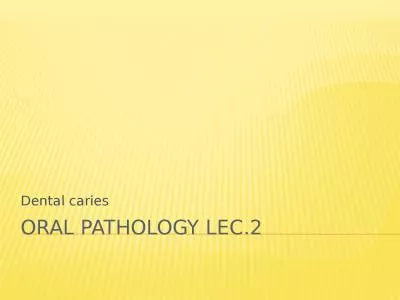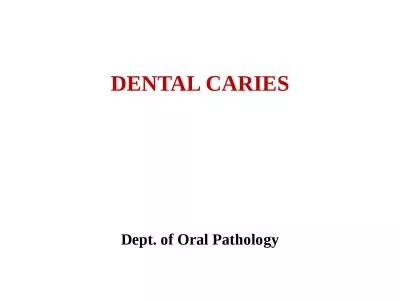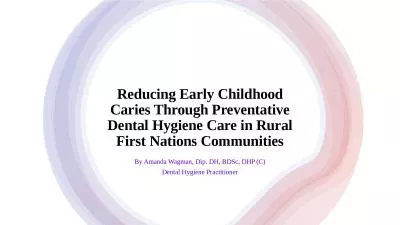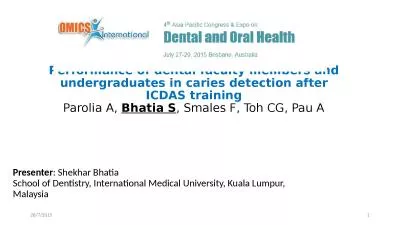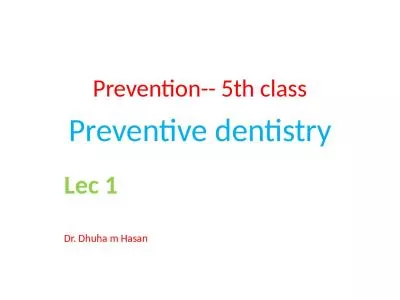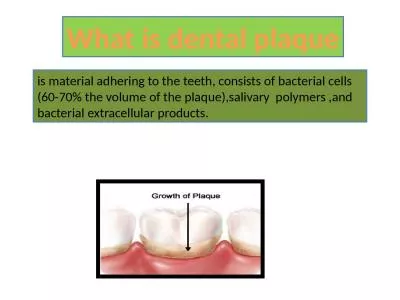PPT-Dental caries dental caries is defined as a microbiological disease of the hard structure
Author : jones | Published Date : 2024-01-29
Etiology What is etiology of dental caries Microorganisms microorganisms present on the tooth surface like Streptococcus mutants and Lactobacillus cause dental
Presentation Embed Code
Download Presentation
Download Presentation The PPT/PDF document "Dental caries dental caries is defined a..." is the property of its rightful owner. Permission is granted to download and print the materials on this website for personal, non-commercial use only, and to display it on your personal computer provided you do not modify the materials and that you retain all copyright notices contained in the materials. By downloading content from our website, you accept the terms of this agreement.
Dental caries dental caries is defined as a microbiological disease of the hard structure: Transcript
Download Rules Of Document
"Dental caries dental caries is defined as a microbiological disease of the hard structure"The content belongs to its owner. You may download and print it for personal use, without modification, and keep all copyright notices. By downloading, you agree to these terms.
Related Documents

